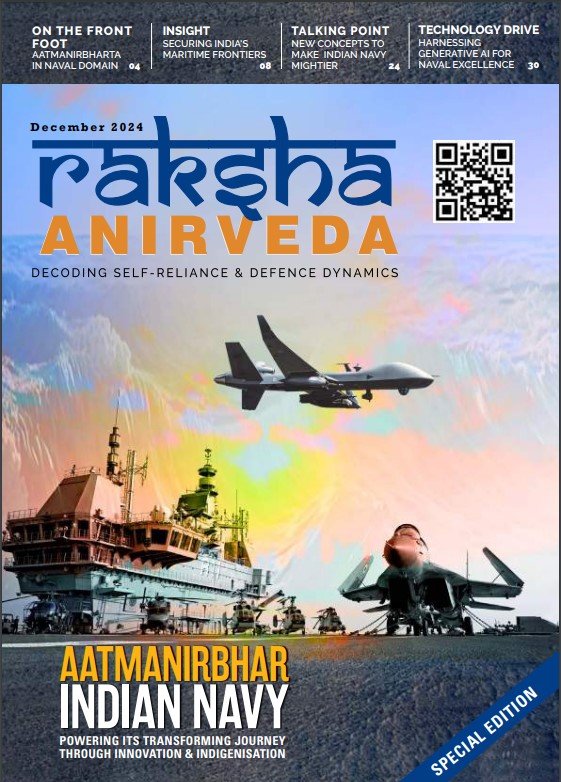Moscow: In a major weapon development, Russia has made operational a new hypersonic weapon of intercontinental range after years of test, Russia’s Defence Minister Sergei Shoigu reported to President Vladimir Putin on December 27.
Shoigu informed Putin that the first missile unit equipped with the Avangard hypersonic glide vehicle has entered combat duty, the Russian Defence Ministry said.
Putin unveiled the Avangard among other prospective weapons systems in his state-of-the-nation address in March 2018, noting that its ability to make sharp manoeuvres on its way to a target will render missile defence useless.
The Russian leader described the Avangard’s creation as a technological breakthrough comparable to the 1957 Soviet launch of the first satellite.
Earlier this week, Putin emphasised that Russia is the only country armed with hypersonic weapons. He noted that for the first time in history Russia is now leading the world in developing an entire new class of weapons, unlike in the past when it was catching up with the United States.
The military said that the Avangard is capable of flying 27 times faster than the speed of sound.
Russian media reports indicated that the Avangard will first be mounted on Soviet-built RS-18B intercontinental ballistic missiles, code-named SS-19 by NATO. It is expected to be fitted to the prospective Sarmat intercontinental ballistic missile after it becomes operational.
The Defence Ministry said last month that it demonstrated the Avangard to a team of US inspectors as part of transparency measures under the New Start nuclear arms treaty with the US.
The US has mulled new defence strategies to counter hypersonic weapons developed by Russia and China.
US officials have talked about putting a layer of sensors in space to more quickly detect enemy missiles, particularly the hypersonic weapons. The administration also plans to study the idea of basing interceptors in space, so the US can strike incoming enemy missiles during the first minutes of flight when the booster engines are still burning.
The Pentagon also has been working on the development of hypersonic weapons in recent years, and Defence Secretary Mark Esper said in August that he believes “it’s probably a matter of a couple of years” before the US has one. He has called it a priority as the military works to develop new long-range fire capabilities.












